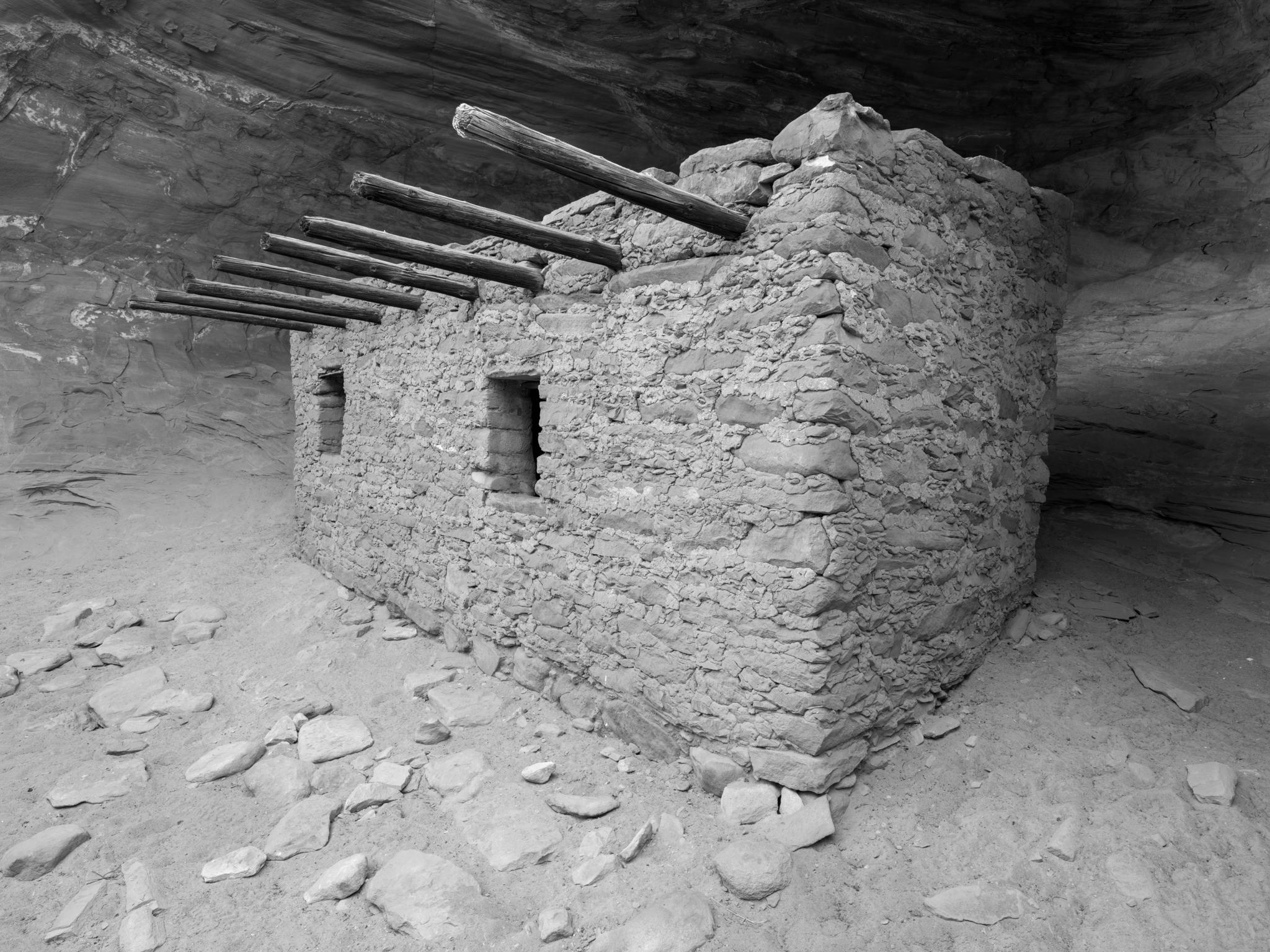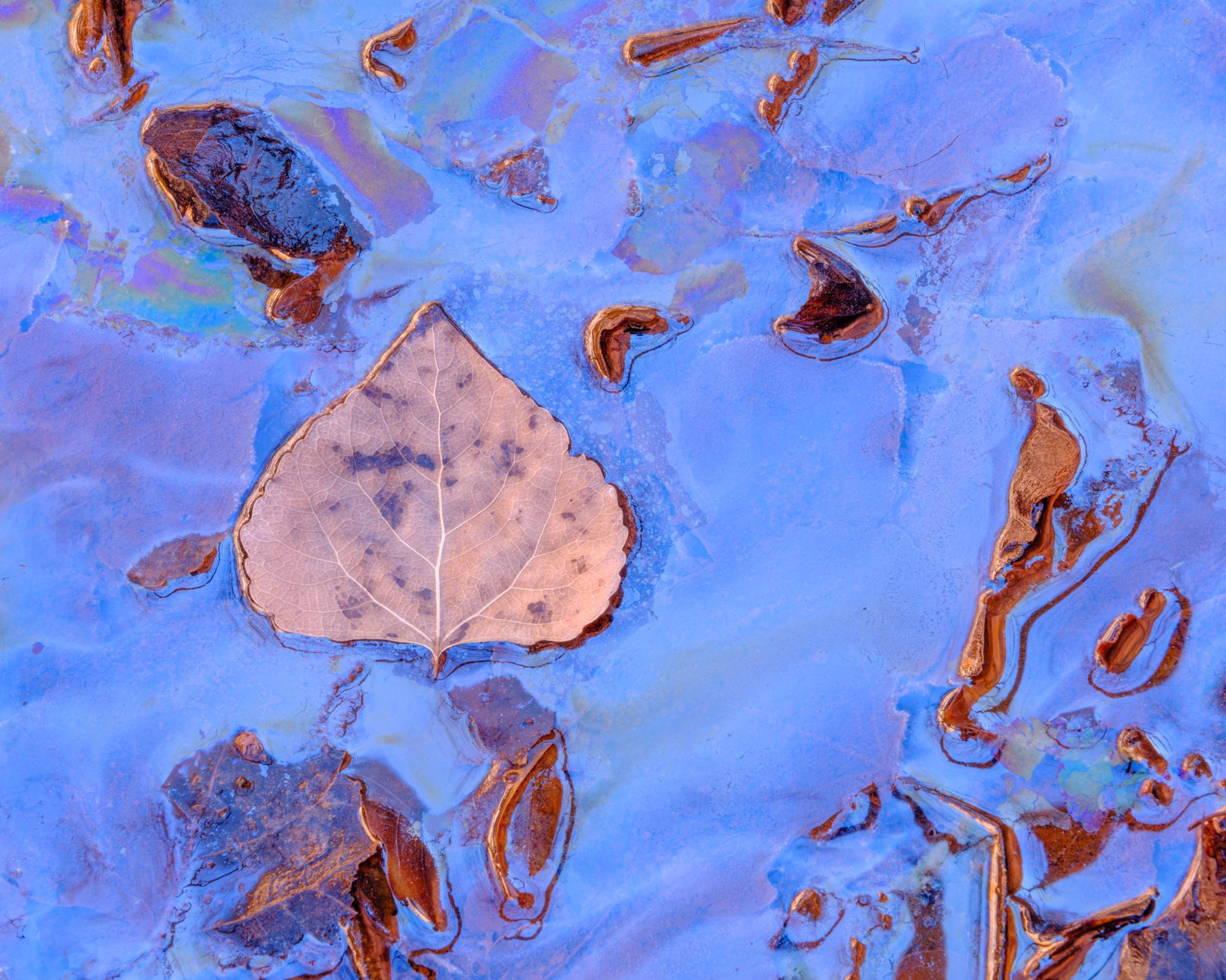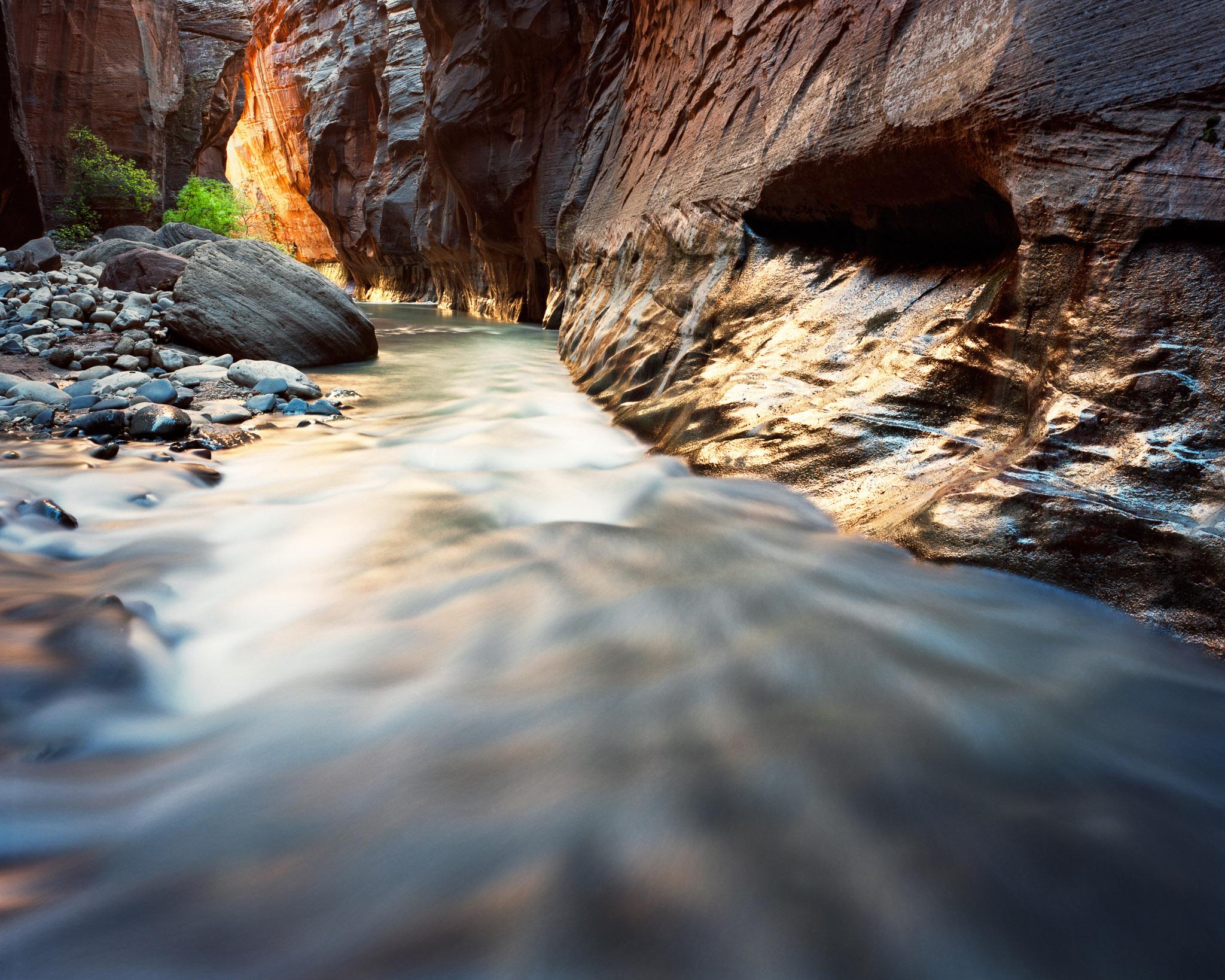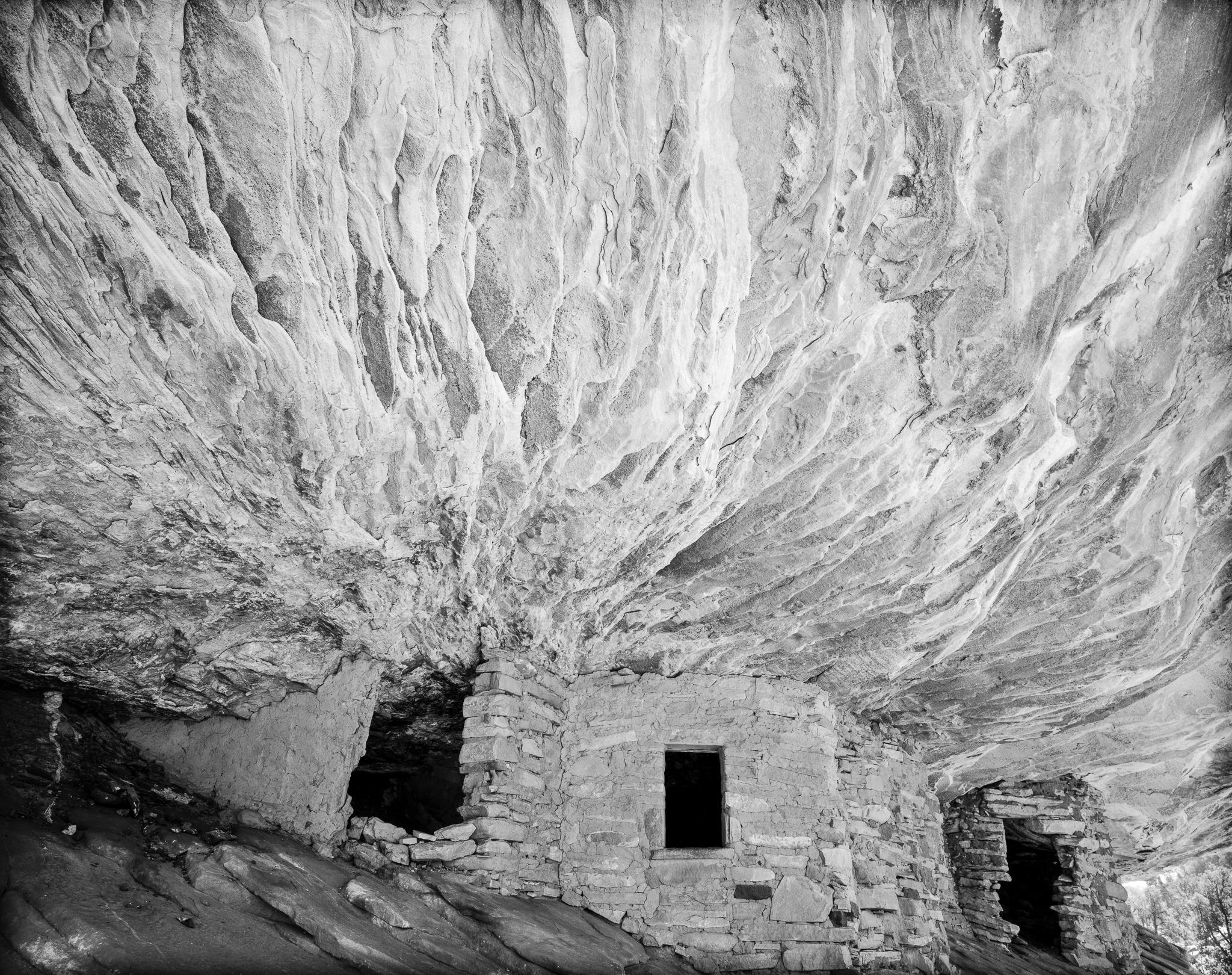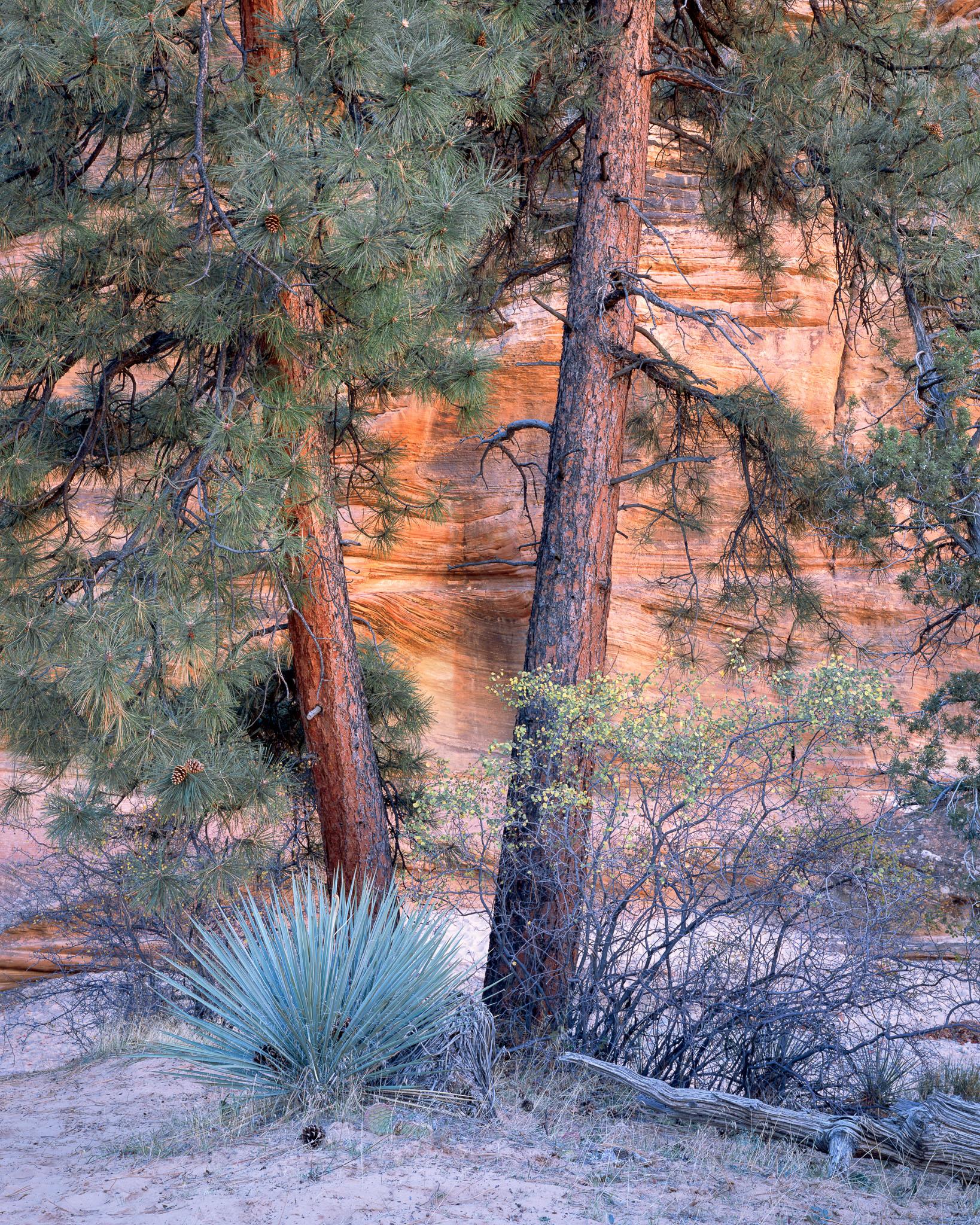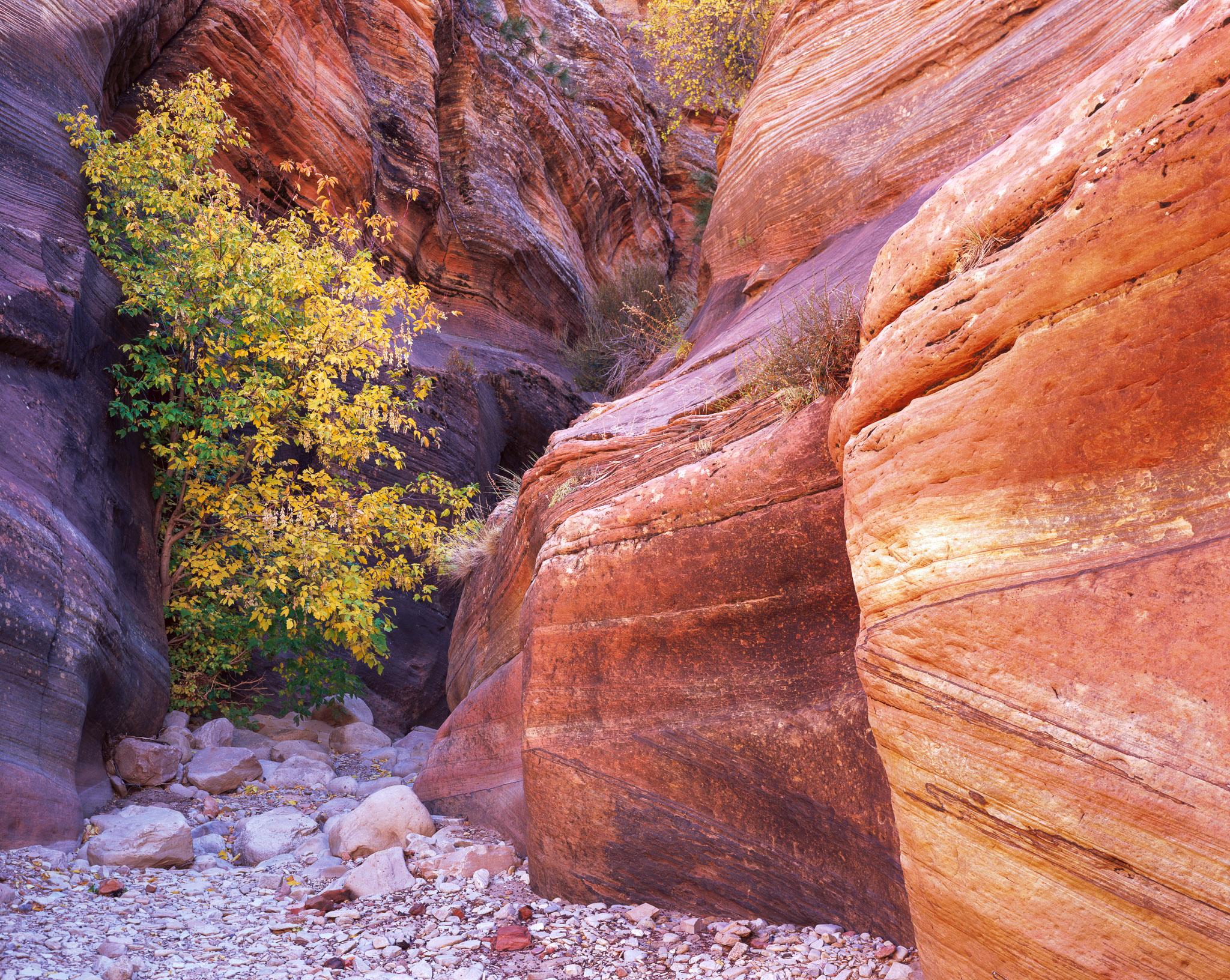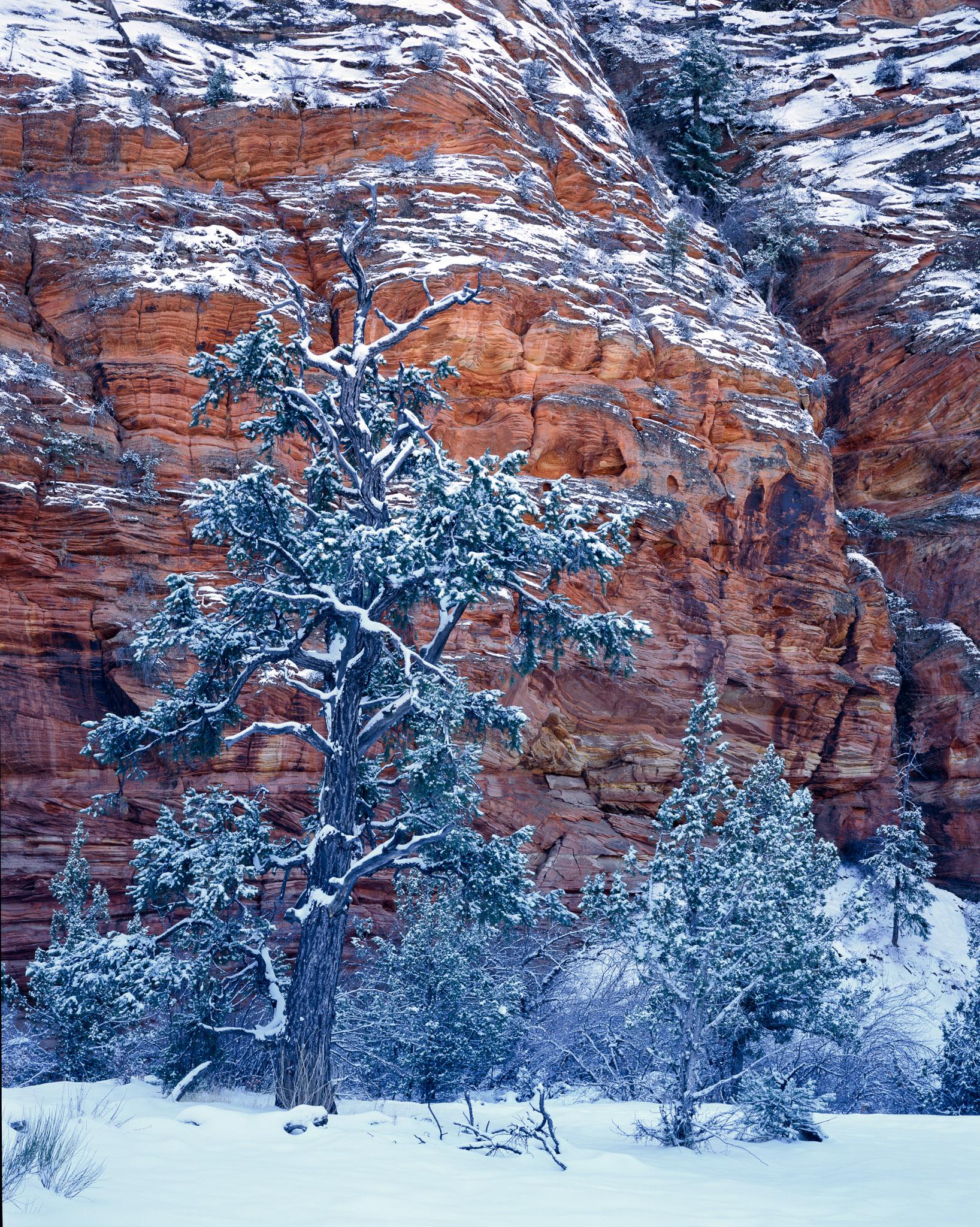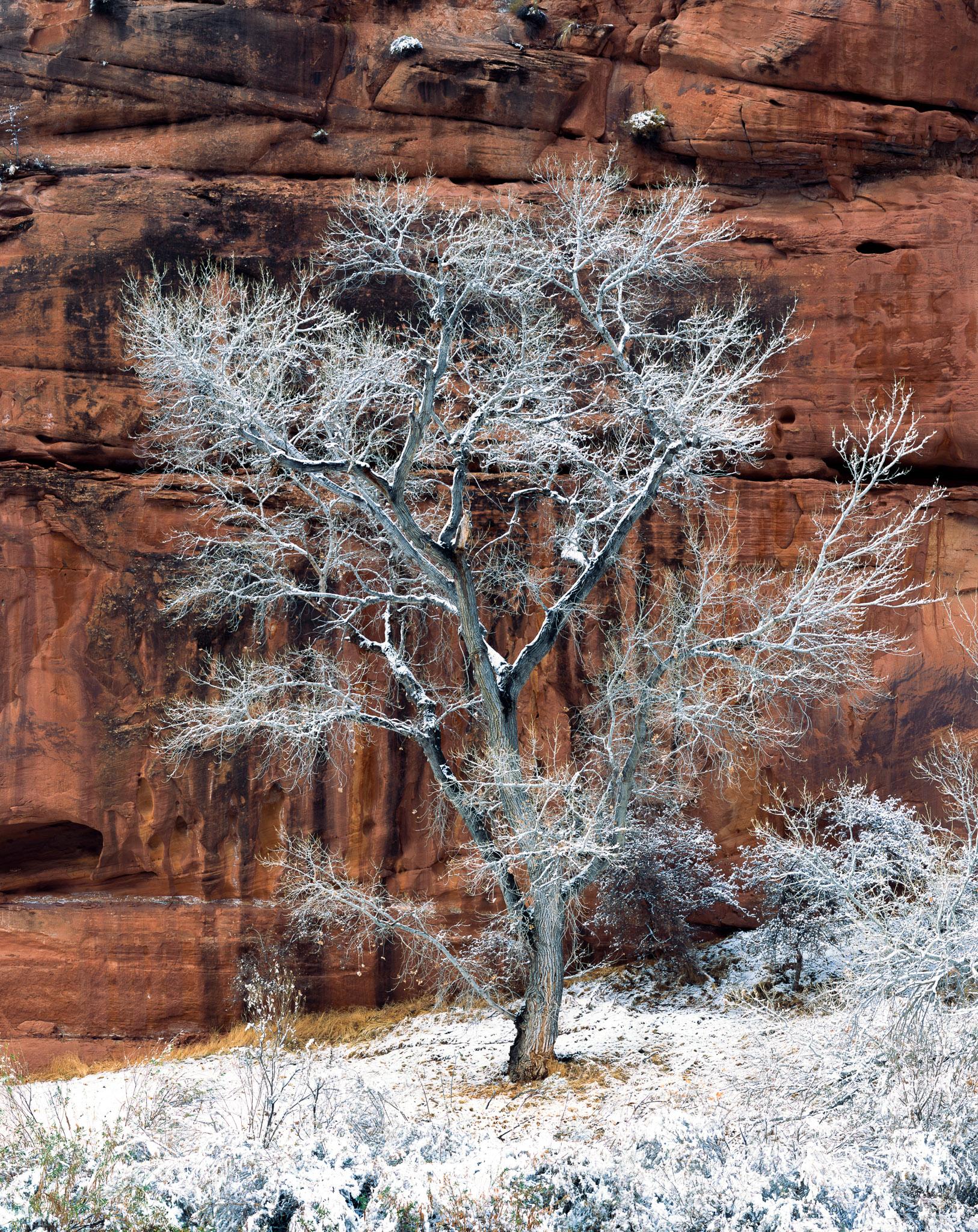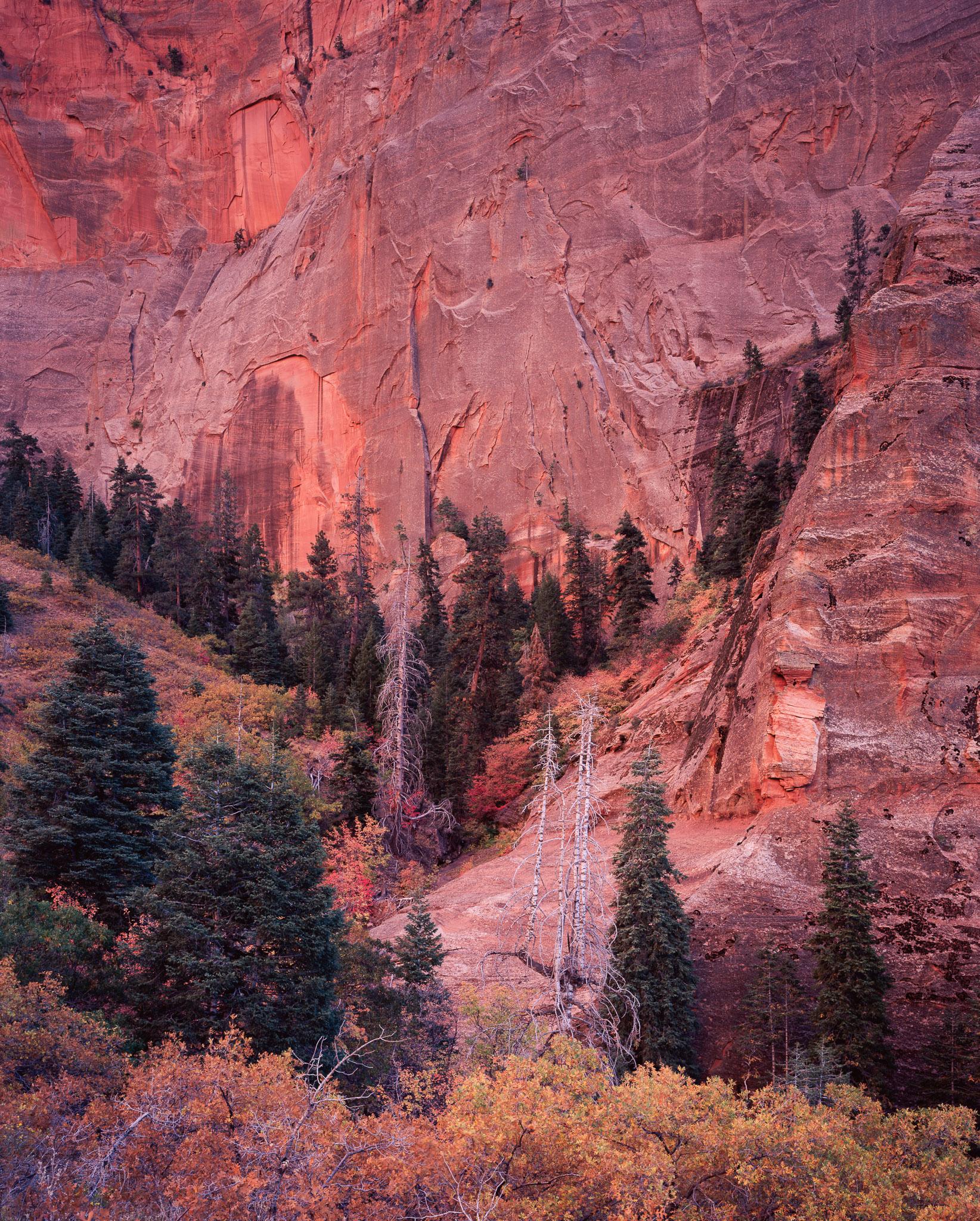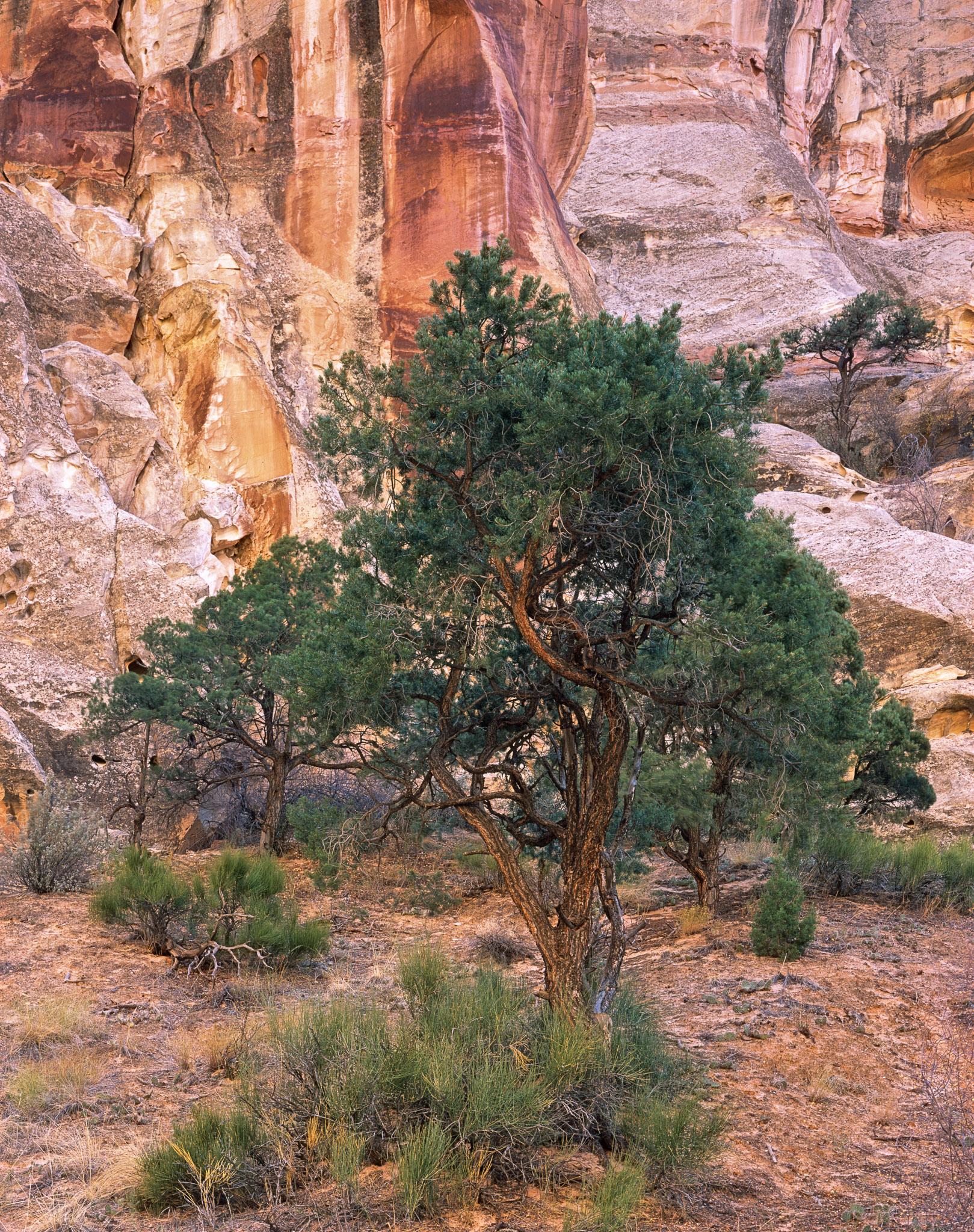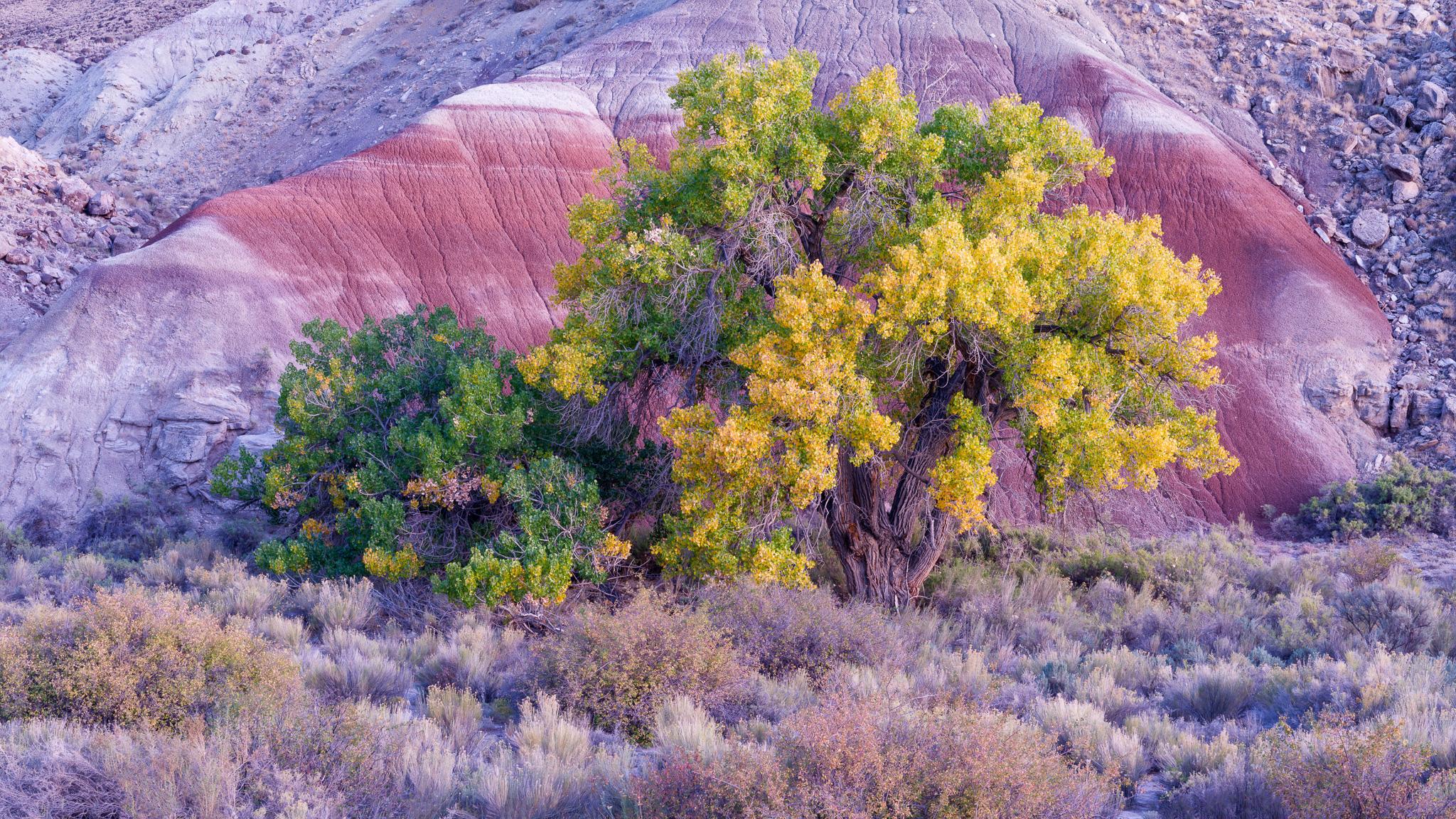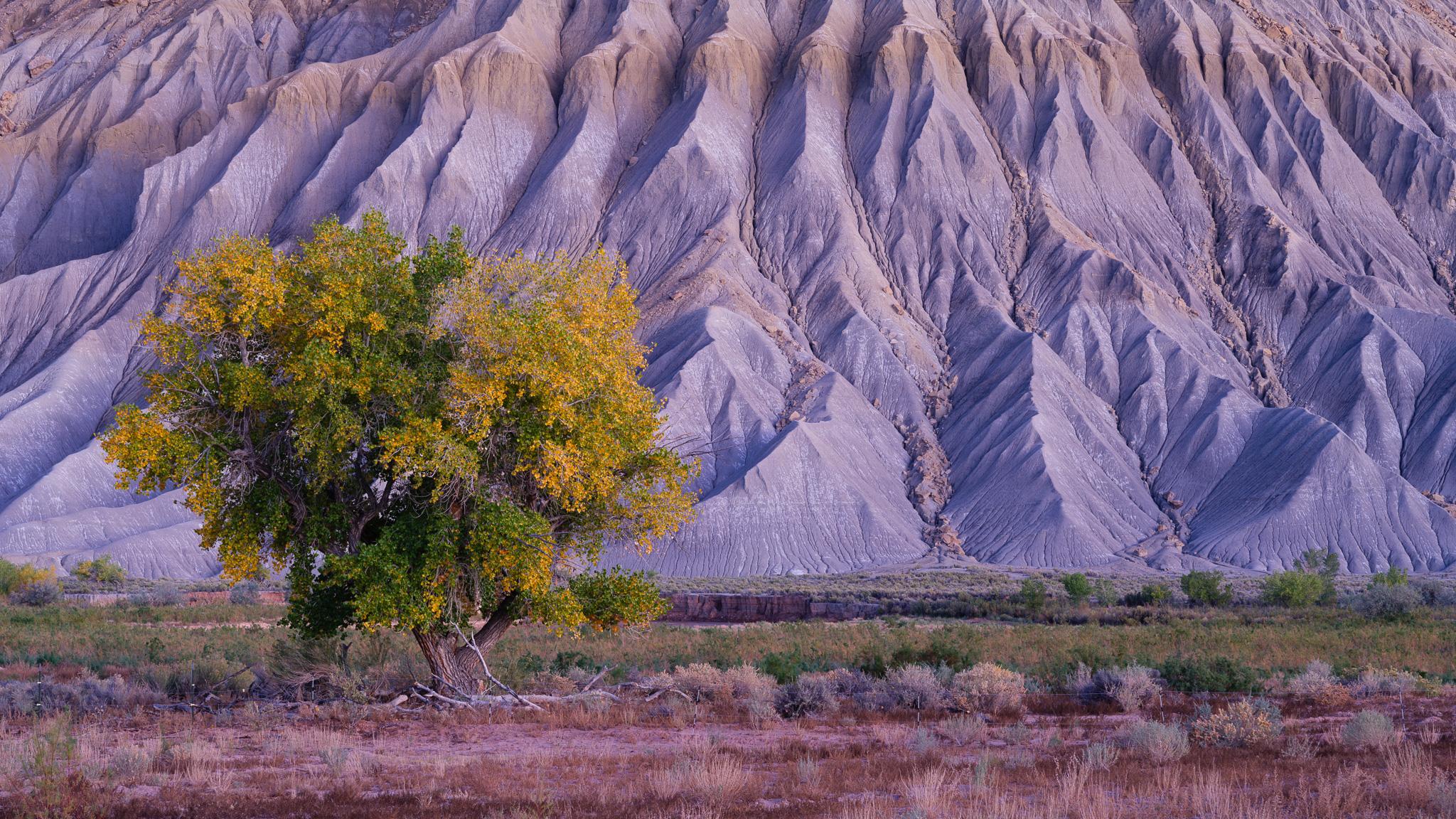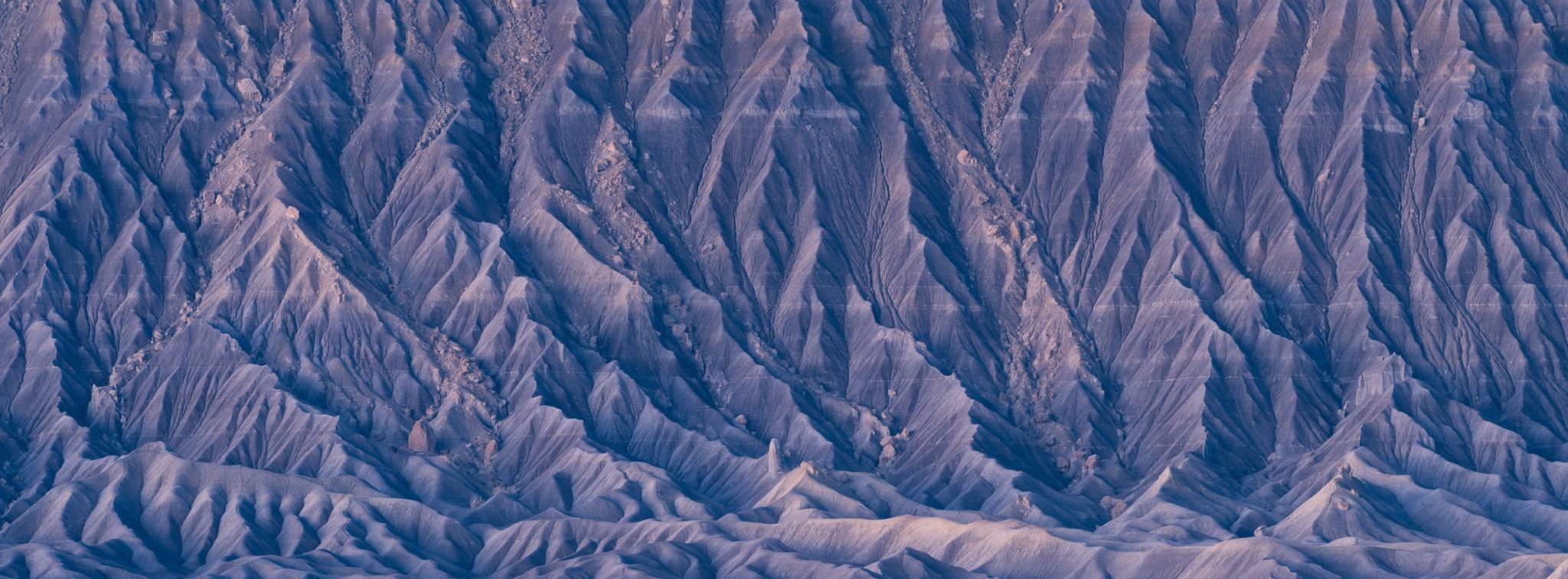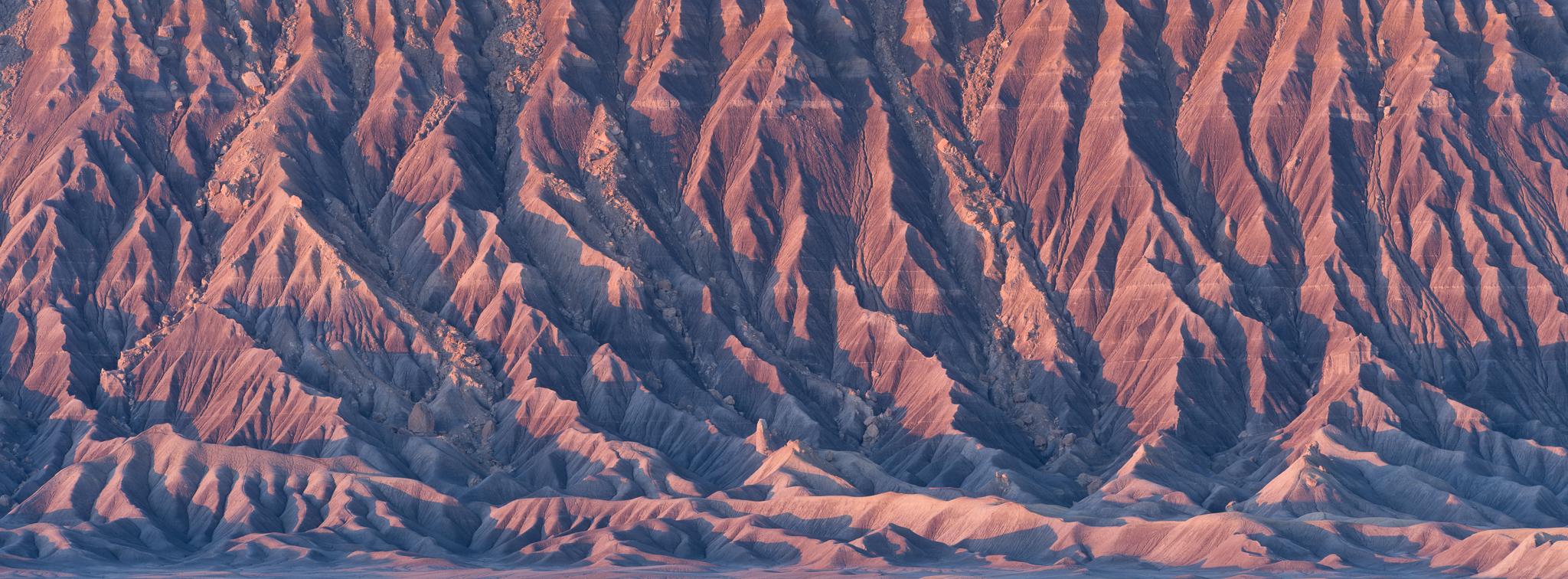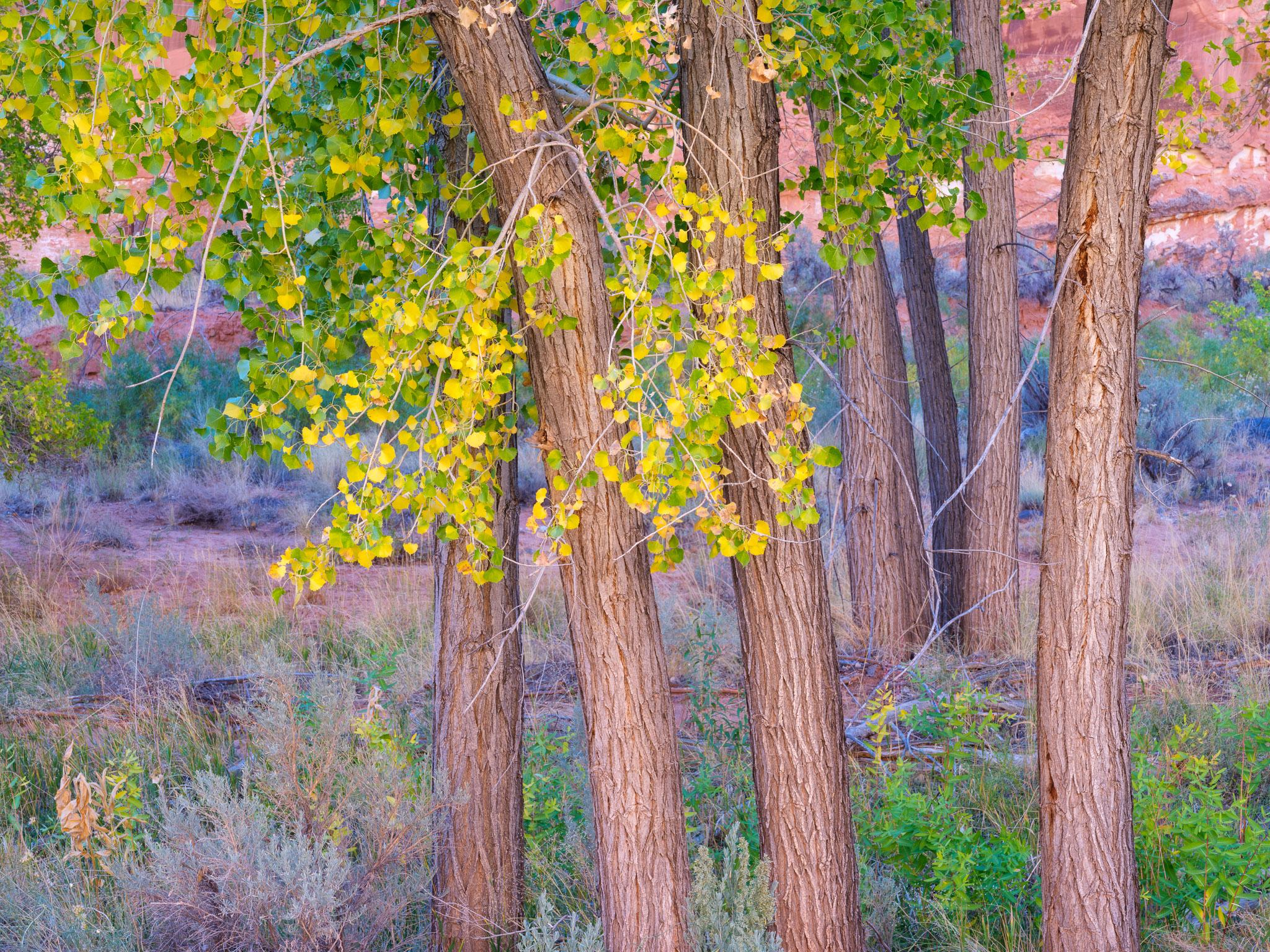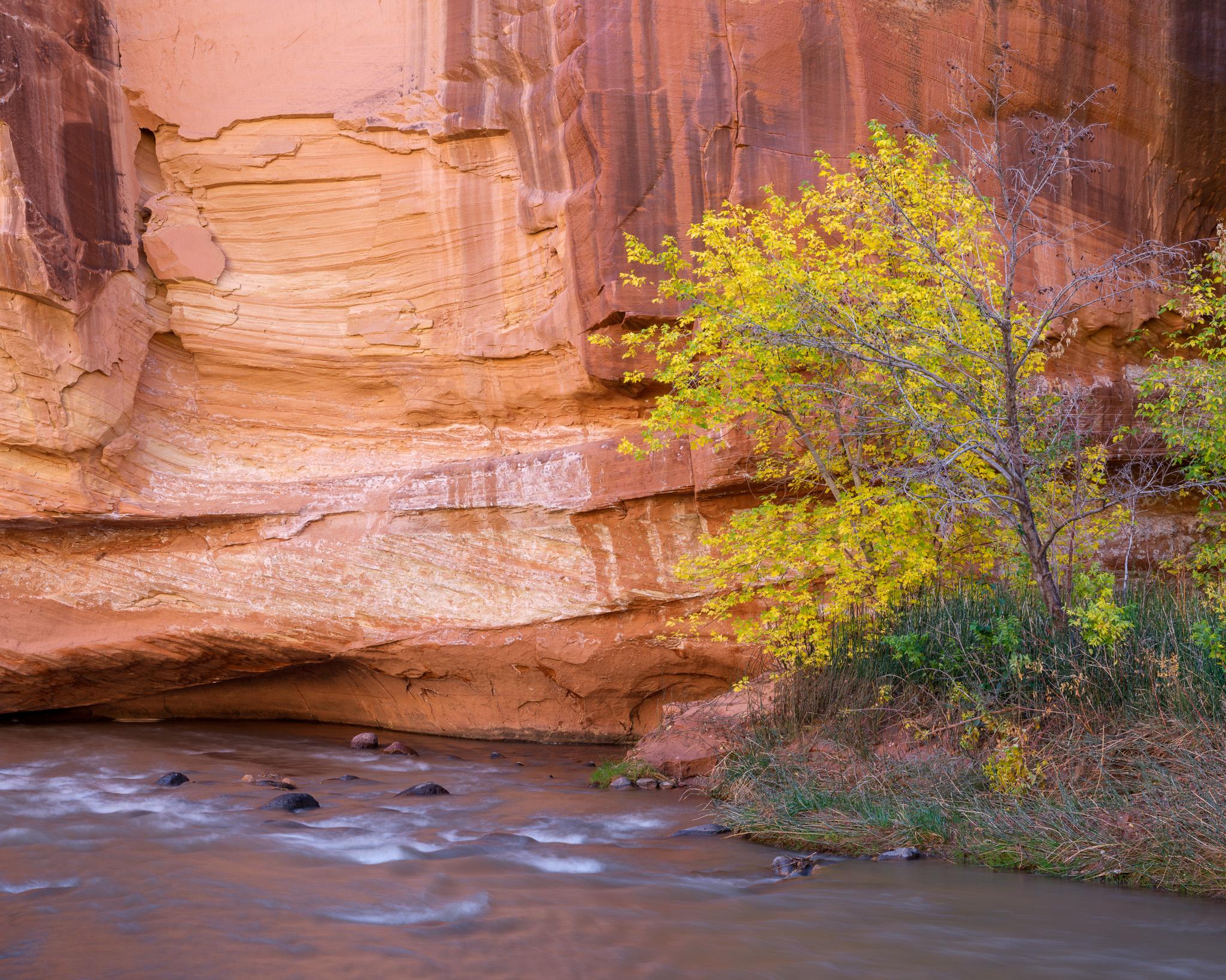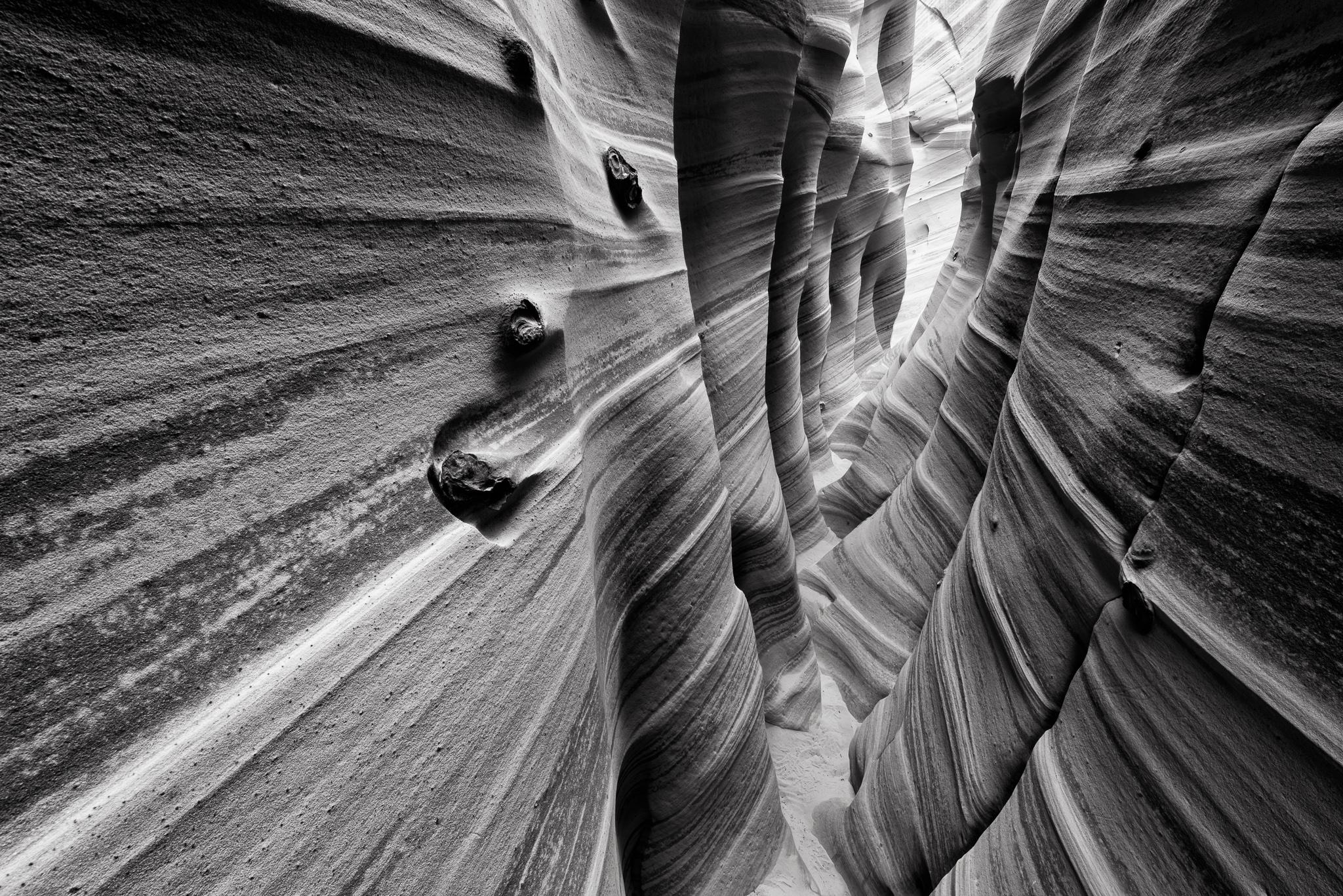Utah Fine Art Prints
Iconic landscapes of Utah featuring the Big Five national parks, slot canyons, and dramatic desert formations.
Museum-quality archival prints • Multiple sizes available • Limited editions
Showing 31 available prints from the Utah collection
Utah Desert Landscape Photography
The Big Five National Parks
Utah has five spectacular national parks—the Big Five. Zion features towering sandstone cliffs and narrow slot canyons. Arches protects the world's largest collection of natural stone arches. Canyonlands offers vast wilderness with dramatic mesas and deep canyons carved by the Colorado River. Capitol Reef protects the Waterpocket Fold—a massive 100-mile wrinkle in the Earth's crust.
Then there's Bryce Canyon (technically a series of natural amphitheaters) with thousands of hoodoos creating otherworldly landscapes. Each park is distinctly different. Each offers unique photographic opportunities.
Slot Canyons & Rock Formations
Utah's slot canyons are challenging to photograph—and absolutely worth it. Narrow passages carved by flash floods over millions of years create cathedral-like spaces where light filters down from above. The interplay of light and shadow on flowing sandstone walls changes constantly throughout the day. See myLower Calf Creek Fallsprint for a perfect example of slot canyon beauty combined with flowing water.
Beyond slot canyons, Utah offers delicate arches, massive monoliths, balanced rocks, intricate fin systems. Erosion creates sculptural forms over vast timescales. TheWahweap Hoodoosnear Lake Powell show just how bizarre these formations can get.
Colorado Plateau Geology
Utah sits at the heart of the Colorado Plateau—a geologically stable region uplifted over millions of years while preserving ancient rock layers. Rocks ranging from 270 million years old to relatively recent formations lie exposed and accessible. A natural laboratory of color, texture, and form that changes with seasons and lighting.
The high desert environment creates exceptional atmospheric conditions. Dry air and high elevation mean exceptional clarity and vibrant colors—particularly during golden hour when sandstone formations glow with warm, reflected light. This combination of geological diversity and optimal photographic conditions makes Utah a premier destination for landscape photography.
Seasonal Desert Photography
Utah's high desert offers distinct seasonal opportunities. Spring brings wildflowers to the desert floor—colorful foregrounds against red rock backdrops. Summer heat is intense, but thunderstorms create dynamic skies and dramatic lighting. Autumn offers comfortable temperatures and stable weather—ideal for extended sessions.
Winter reveals a different character entirely. Occasional snow dusts the red rocks, creating striking color contrasts. Low-angle winter sun creates exceptional sidelight that enhances three-dimensional form and emphasizes intricate textures carved by wind and water over millions of years.
Fine Art Desert Prints
Utah photographs require careful printing—the subtle color variations and extreme tonal ranges demand precision. Archival pigment inks specifically selected to reproduce warm earth tones and vibrant reds characteristic of Utah's red rock country. The process emphasizes natural luminosity and depth.
Six sizes available—11×14 inch studies to 40×50 inch panoramic pieces that capture Utah's vast desert landscapes. Museum-quality papers with archival guarantees. Certificates of authenticity. Limited editions for serious collectors.
Utah Photography Frequently Asked Questions
What are Utah's Big Five National Parks?
Zion, Arches, Canyonlands, Capitol Reef, and Bryce Canyon. Each is distinctly different—Zion for slot canyons, Arches for natural stone arches, Canyonlands for vast wilderness, Capitol Reef for the Waterpocket Fold, Bryce Canyon for bizarre hoodoo formations. Five parks, five entirely different experiences.
When is the best time for Utah landscape photography?
Spring (April-May) and fall (September-October) offer ideal conditions—comfortable temperatures, stable weather, excellent lighting. Spring brings wildflower blooms. Fall delivers clear skies and dramatic light on red rock formations. Summer works if you can handle the heat. Winter offers snow-dusted red rocks for striking contrasts.
What makes Utah's red rock photography unique?
The Navajo sandstone formations are extraordinary—iron oxide creates that distinctive red coloration, which becomes especially vibrant during golden hour. The Colorado Plateau geology means ancient rock layers are exposed and accessible. The high desert clarity and dry air enhance everything. It's photographic terrain unlike anywhere else.
Are Utah fine art prints good for modern interiors?
Absolutely. The warm earth tones and dramatic geological forms complement modern architectural elements—adding natural texture and color without overwhelming the space. Large-scale Utah prints work particularly well in contemporary settings where you want visual impact.
Discover Your Perfect Utah Print
From Zion's towering cliffs to the delicate arches of Moab, find the red rock masterpiece that speaks to you.
Free shipping on orders over $500

